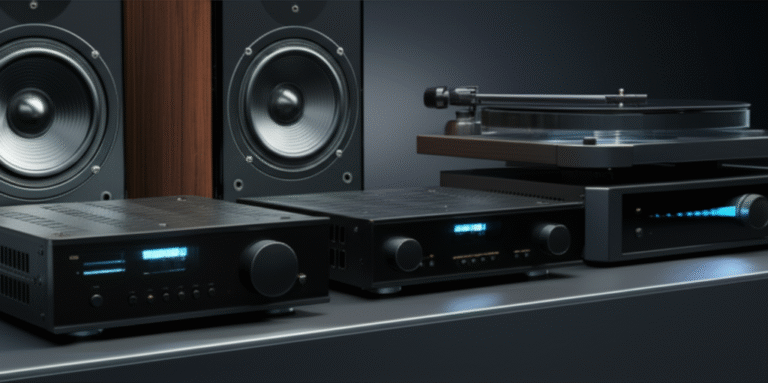Support our educational content for free when you purchase through links on our site. Learn more
What is the Meaning of Audio Devices? 10 Essential Insights 🎧 [2025]
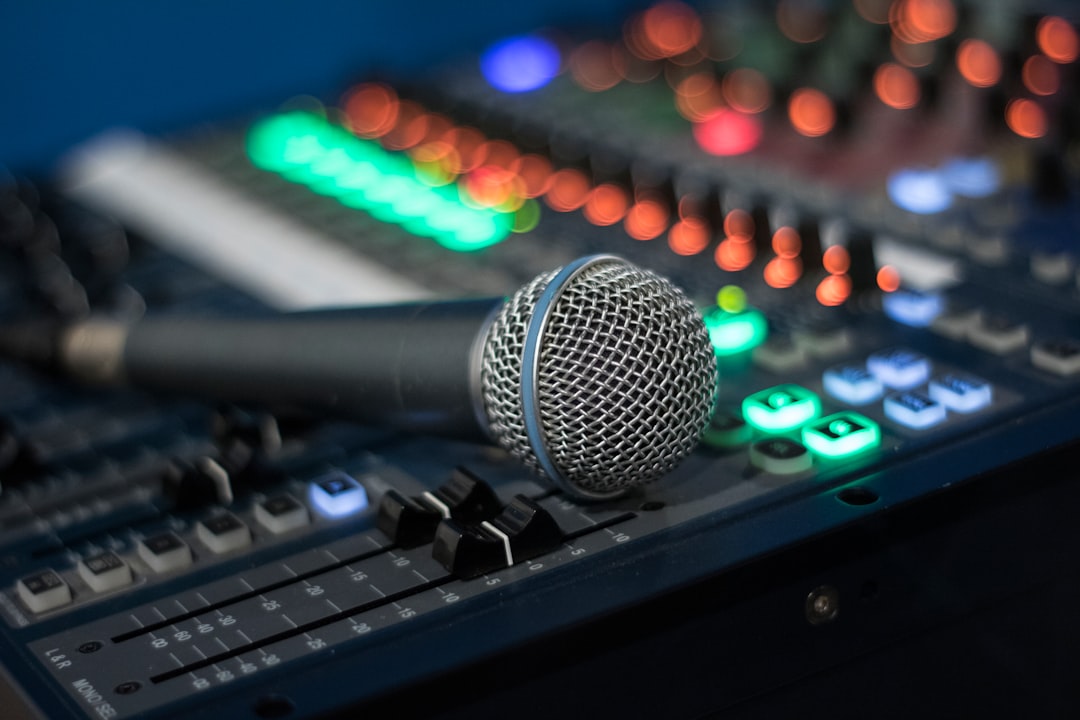
In today’s fast-paced world, audio devices play a pivotal role in how we experience sound, whether it’s through music, movies, or gaming. But what exactly do we mean when we talk about audio devices? From the microphones that capture our voices to the speakers that fill our rooms with sound, these gadgets are more than just tools; they are gateways to immersive experiences. Did you know that the first headphones were invented in 1881? Fast forward to today, and we have a plethora of options that cater to every audio need imaginable!
In this article, we’ll explore the meaning of audio devices, diving deep into their functions, types, and the technology that powers them. Whether you’re a casual listener or a budding audiophile, understanding audio devices is essential for enhancing your listening experience. So, are you ready to tune in?
Key Takeaways
- Audio devices encompass a wide range of equipment including microphones, speakers, headphones, and amplifiers.
- Understanding their functions helps you choose the right device for your needs, whether for casual listening or professional use.
- Technological advancements like Bluetooth, noise cancellation, and spatial audio are revolutionizing how we experience sound.
- Quality matters! Investing in high-fidelity audio devices can significantly enhance your listening experience.
- Explore various types of audio devices to find the perfect fit for your lifestyle and preferences.
Ready to elevate your audio experience? 👉 Shop our selection of high-quality audio devices to find the perfect gear for your needs! 🎶
Table of Contents
- Quick Tips and Facts
- Understanding Audio Devices: What They Are and How They Work
- The Evolution of Audio Devices: A Brief History
- Types of Audio Devices: From Speakers to Headphones
- How to Choose the Right Audio Device for Your Needs
- The Importance of Audio Quality: Why It Matters
- Common Audio Device Features and Technologies
- Troubleshooting Common Audio Device Issues
- Future Trends in Audio Technology: What to Expect
- Conclusion
- Recommended Links
- FAQ
- Reference Links
Quick Tips and Facts
- 🎧 Did you know? The first headphones were invented in 1881 for telephone operators!
- 🎤 Ever wonder why some microphones pick up sound from all directions while others are laser-focused? It’s all about polar patterns!
- 🔊 Fact: Lossless audio formats preserve all the original sound data, unlike MP3s which use compression. 🤯
Understanding Audio Devices: What They Are and How They Work
At its core, an audio device is any piece of equipment designed to work with sound. That’s a pretty broad definition, right? Well, the world of audio is vast! We’re talking everything from the microphone capturing your voice right now to the speakers blasting your favorite tunes. 🎧
The Magic of Sound Conversion
Here’s the gist: most audio devices are masters of transformation. They either:
- Convert sound waves into electrical signals: Think microphones. They capture those tiny vibrations in the air and turn them into signals that electronics can understand. 🎤
- Convert electrical signals back into sound waves: This is your speaker’s game. They take those signals and use them to vibrate a diaphragm, pushing air and recreating sound waves for your ears to enjoy. 🔊
Beyond the Basics: Processing and Manipulation
But wait, there’s more! Some audio devices don’t just convert sound – they get creative. We’re talking about devices like:
- Amplifiers: They take those electrical signals and crank up the power, making the sound louder without sacrificing quality. Think of them as the weightlifters of the audio world! 💪
- Equalizers (EQs): These clever tools let you fine-tune the balance between different frequencies in your audio. Want more bass? Less treble? An EQ is your new best friend. 🎚️
- Digital Audio Workstations (DAWs): This is where the magic of recording, editing, and producing music happens. DAWs are like digital studios, allowing you to layer tracks, add effects, and mix your audio to perfection. 💻
What are examples of audio products?
The Evolution of Audio Devices: A Brief History
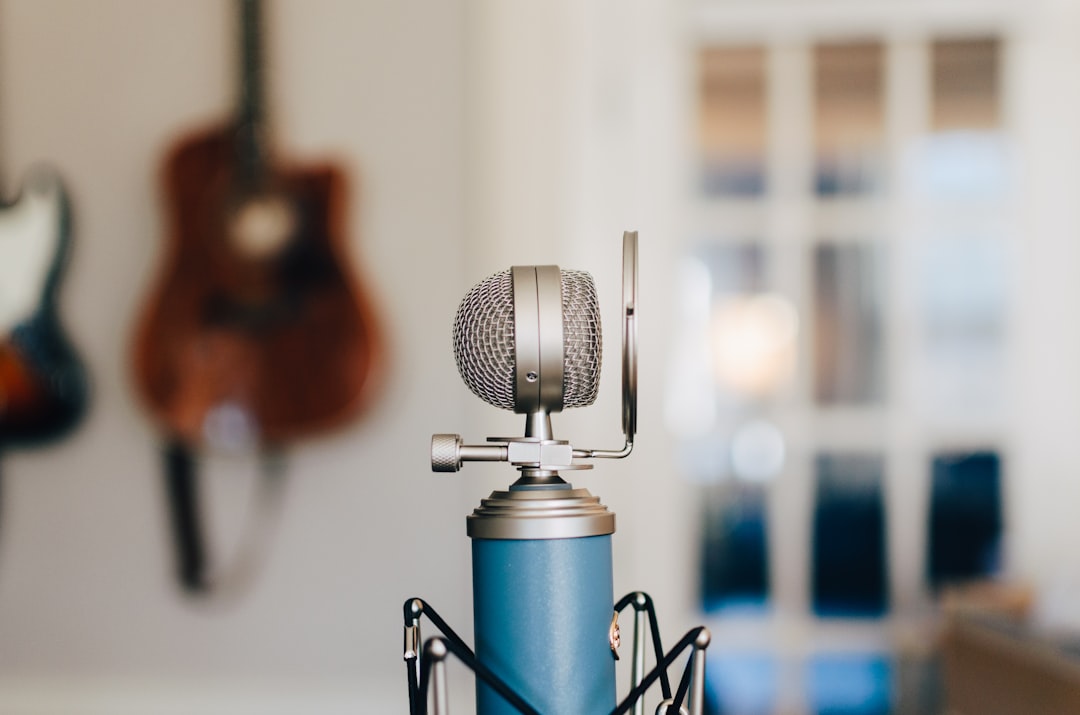
Fasten your seatbelts, because we’re about to take a sonic journey through time! 🕰️
- The Early Days (Late 19th Century – Early 20th Century): It all started with clunky but revolutionary inventions like the phonograph (thanks, Edison!) and the telephone. These early devices paved the way for the future of audio.
- The Rise of Electronics (Mid-20th Century): The invention of the transistor was a game-changer. Suddenly, audio devices became smaller, more affordable, and more accessible to the masses. Vinyl records and radio ruled the day. 📻
- The Digital Revolution (Late 20th Century – Present): Hold onto your hats! The arrival of CDs, digital audio files, and the internet transformed the audio landscape forever. We’re now living in an age of streaming services, high-resolution audio, and incredibly sophisticated audio equipment. 🎧
Types of Audio Devices: From Speakers to Headphones
Ready to dive into the exciting world of audio gear? Let’s break down some of the most common types of audio devices:
-
Speakers: These are the heavy hitters of the audio world, converting electrical signals into room-filling sound. From bookshelf speakers to floor-standing towers, there’s a speaker out there for every space and budget. 🔊
- Bookshelf Speakers: Compact and versatile, these are perfect for smaller rooms or as part of a Hi-Fi System.
- Example: KEF Q150
- 👉 CHECK PRICE on: Amazon | Crutchfield
- Floor-standing Speakers: These behemoths deliver powerful, full-range sound and are ideal for larger spaces or serious home theater setups.
- Example: Klipsch RP-8000F
- 👉 CHECK PRICE on: Amazon | Klipsch Official Website
- Subwoofers: These specialized speakers focus on the low-end frequencies, adding that chest-thumping bass that brings movies and music to life.
- Example: SVS SB-1000 Pro
- 👉 CHECK PRICE on: Amazon | SVS Official Website
- Bookshelf Speakers: Compact and versatile, these are perfect for smaller rooms or as part of a Hi-Fi System.
-
Headphones: Your portal to a personal soundstage, headphones come in all shapes and sizes. 🎧
- Over-Ear Headphones: Offering excellent sound isolation and comfort for long listening sessions.
- Example: Sony WH-1000XM4
- 👉 CHECK PRICE on: Amazon | Sony Official Website
- In-Ear Monitors (IEMs): Tiny but mighty, IEMs provide incredible sound quality and noise isolation, making them perfect for musicians and audiophiles on the go.
- Example: Shure SE215
- 👉 CHECK PRICE on: Amazon | Shure Official Website
- True Wireless Earbuds: The ultimate in convenience, these completely wireless earbuds offer portability and freedom of movement.
- Example: Apple AirPods Pro
- 👉 CHECK PRICE on: Amazon | Apple Official Website
- Over-Ear Headphones: Offering excellent sound isolation and comfort for long listening sessions.
-
Microphones: These are the voice (and instrument) capturers, transforming sound waves into electrical signals for recording or amplification. 🎤
- Dynamic Microphones: Durable and versatile, these are commonly used for live vocals and instrument miking.
- Example: Shure SM58
- 👉 CHECK PRICE on: Amazon | Shure Official Website
- Condenser Microphones: Known for their sensitivity and detail, condenser mics are often used in studios for vocals, acoustic instruments, and more.
- Example: Rode NT1-A
- 👉 CHECK PRICE on: Amazon | Rode Official Website
- Dynamic Microphones: Durable and versatile, these are commonly used for live vocals and instrument miking.
-
Amplifiers: These powerhouses boost those electrical signals, giving your speakers or headphones the juice they need to really sing.
- Integrated Amplifiers: These all-in-one units combine an amplifier with a preamplifier and sometimes even a DAC.
- Example: Marantz PM6007
- 👉 CHECK PRICE on: Amazon | Marantz Official Website
- Headphone Amplifiers: These dedicated amps are designed to get the most out of your headphones, providing a cleaner, more powerful sound.
- Example: Schiit Magni
- 👉 CHECK PRICE on: Amazon | Schiit Official Website
- Integrated Amplifiers: These all-in-one units combine an amplifier with a preamplifier and sometimes even a DAC.
-
Digital-to-Analog Converters (DACs): In our digital world, DACs are essential for translating those 1s and 0s back into beautiful analog sound waves.
- Example: Audioengine D1
- 👉 CHECK PRICE on: Amazon | Audioengine Official Website
-
Audio Interfaces: These are the bridge between your instruments, microphones, and computer, allowing you to record and produce music with ease.
- Example: Focusrite Scarlett 2i2
- 👉 CHECK PRICE on: Amazon | Focusrite Official Website
And that’s just scratching the surface! The world of audio devices is constantly evolving, with new and innovative products emerging all the time.
How to Choose the Right Audio Device for Your Needs
Feeling overwhelmed by all the choices? Don’t worry, we’re here to help you navigate the wonderful world of audio and find the perfect device for your needs.
1. Define Your Needs
- What’s your primary use case? Music listening, movie watching, gaming, professional audio production, or something else? 🎧🎬🎮🎤
- What’s your budget? Audio devices can range from budget-friendly to wallet-draining. 💰
- Where will you be using the device? At home, on the go, in a studio? 🏠🚶♂️🎧
- What are your sound preferences? Do you crave booming bass, crystal-clear highs, or a balanced sound signature? 🎶
2. Do Your Research
- Read reviews: See what other users have to say about different products. Websites like Audio Brands™ and Head-Fi are great resources for unbiased reviews and discussions.
- Compare specs: Pay attention to things like frequency response, sensitivity, impedance, and driver size. These technical specifications can give you insights into a device’s sound quality and performance.
- Check out Audio Brand Guides: Learn about different audio brands and their specialties.
3. Consider Your Lifestyle
- Portability: If you’re always on the move, prioritize lightweight and compact devices like true wireless earbuds or portable Bluetooth speakers. 🚶♂️
- Comfort: If you’ll be wearing headphones for long periods, comfort is key. Look for models with plush earcups and headbands. 🎧
- Durability: If you’re hard on your gear, choose devices built to withstand bumps and drops. 🏋️♂️
4. Don’t Be Afraid to Ask for Help
- Visit a specialized audio store: The experts at stores like Guitar Center can offer personalized recommendations and let you audition different devices.
- Reach out to online communities: Audio forums and subreddits are full of passionate enthusiasts who are happy to share their knowledge and advice.
The Importance of Audio Quality: Why It Matters
We’ve all experienced the difference between listening to music on tinny laptop speakers and hearing it through a high-quality audio system. But why does audio quality matter so much? 🤔
1. Enhanced Emotional Connection
Music has a unique ability to evoke emotions, and high-quality audio can deepen that connection. When you hear every nuance, every subtle inflection in a singer’s voice, or the delicate plucking of guitar strings, it’s easier to get lost in the music and feel its full impact. 😭😄😢
2. Reduced Listening Fatigue
Low-quality audio can be fatiguing to listen to, especially over long periods. Distorted frequencies, muddy bass, and harsh treble can strain your ears and leave you feeling drained. High-fidelity audio, on the other hand, is more natural and easier on your ears, allowing you to listen for hours without discomfort. 😌
3. Immersive Entertainment
Whether you’re watching a blockbuster movie or playing an immersive video game, high-quality audio can transport you into the heart of the action. Detailed sound effects, clear dialogue, and a wide dynamic range create a more realistic and engaging experience. 💥🤯
4. Professional Results
For musicians, producers, and audio engineers, high-quality audio equipment is non-negotiable. It’s essential for capturing every nuance of a performance, creating professional-sounding recordings, and ensuring that your artistic vision is faithfully reproduced. 🎤🎧
Common Audio Device Features and Technologies
Let’s demystify some of the jargon and explore the features and technologies you’re likely to encounter in your audio adventures:
- Frequency Response: This refers to the range of frequencies a device can reproduce, typically measured in Hertz (Hz). A wider frequency response generally translates to a fuller, more accurate sound.
- Impedance: Measured in ohms (Ω), impedance represents the resistance to electrical current. Matching the impedance of your headphones and amplifier is crucial for optimal performance.
- Noise Cancellation: Active noise cancellation (ANC) uses microphones and clever processing to reduce unwanted ambient noise, creating a more immersive listening experience. 🤫
- Bluetooth: This wireless technology allows you to connect your audio devices to smartphones, laptops, and other sources without the hassle of cables.
- aptX and LDAC: These Bluetooth codecs allow for higher-quality audio streaming than standard Bluetooth, preserving more of the original audio data.
- Dolby Atmos and DTS:X: These surround sound technologies create a more immersive audio experience by using height channels to place sounds above and around you.
Troubleshooting Common Audio Device Issues
We’ve all been there – you’re ready to jam out to your favorite tunes, but your audio device has other plans. Here are some common audio device issues and how to troubleshoot them:
-
No Sound: 🔇
- Check the obvious: Make sure your device is powered on, the volume is turned up, and it’s properly connected to your audio source.
- Check your cables: A loose or damaged cable can cause audio dropouts or complete silence.
- Restart your devices: Sometimes a simple restart can resolve software glitches that might be interfering with audio output.
-
Distorted Sound: 😵
- Lower the volume: Distortion can occur if you’re pushing your device beyond its limits.
- Check for interference: Other electronic devices, such as microwaves or Wi-Fi routers, can interfere with wireless audio signals.
- Update your drivers: Outdated or corrupted audio drivers can cause a range of audio problems.
-
Unbalanced Sound: 🎚️
- Adjust the balance settings: Most devices have balance controls that allow you to adjust the volume of the left and right channels.
- Check your audio source: The problem might be with the audio file itself or the streaming service you’re using.
-
Bluetooth Connectivity Issues: 🚫
- Make sure Bluetooth is enabled: Double-check that Bluetooth is turned on for both your audio device and your source device.
- Move closer to the source: Bluetooth range is limited, so being too far away from your source device can cause dropouts.
- Unpair and re-pair your devices: Sometimes a fresh start can resolve connectivity issues.
Future Trends in Audio Technology: What to Expect
The world of audio is constantly evolving, with new technologies and innovations emerging all the time. Here are a few trends to keep an eye on:
- Spatial Audio: Prepare to have your mind blown! Spatial audio technologies like Dolby Atmos and Sony 360 Reality Audio create a more immersive and realistic listening experience by placing sounds all around you. 🤯
- Artificial Intelligence (AI): AI is already making its mark on audio, from personalized sound profiles to noise cancellation that adapts to your surroundings. Expect to see even more AI-powered features in the future. 🤖
- Lossless Audio Streaming: As internet speeds increase and data caps become less restrictive, lossless audio streaming is becoming more accessible. Services like Tidal and Apple Music are already offering high-fidelity streaming options, allowing you to enjoy music in its purest form. 🎶
- Sustainable Audio: As consumers become more environmentally conscious, audio brands are exploring sustainable materials and manufacturing processes. Expect to see more eco-friendly audio devices in the years to come. ♻️
Conclusion
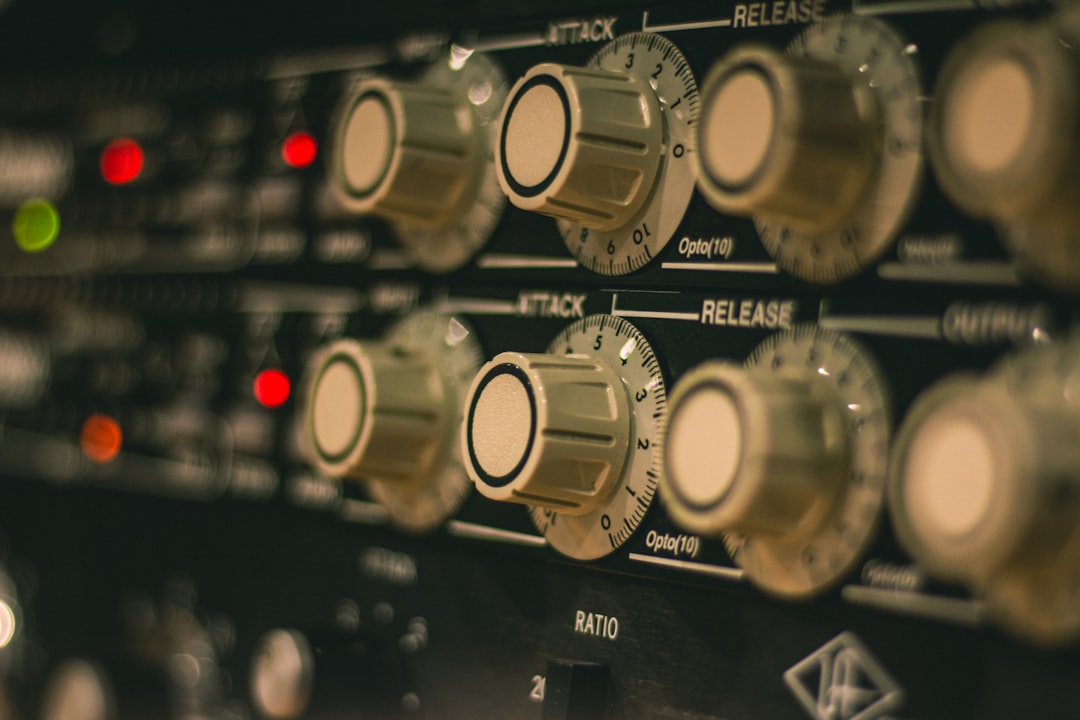
In the ever-evolving world of audio devices, understanding what they are and how they work is crucial for anyone looking to enhance their listening experience. From the humble microphone to high-end speakers and everything in between, each device plays a unique role in the audio ecosystem.
Positives:
- Diverse Options: Whether you’re a casual listener or a professional, there’s an audio device tailored to your needs.
- Technological Advancements: Innovations like spatial audio and AI are enhancing sound quality and user experience.
- Accessibility: With the rise of streaming services, high-quality audio is more accessible than ever.
Negatives:
- Complexity: The sheer variety of options can be overwhelming for newcomers.
- Cost: High-quality audio devices can be a significant investment, though they often pay off in sound quality.
Recommendation: We confidently recommend investing in a quality audio device that suits your needs, whether it’s for casual listening, professional production, or immersive gaming. Take the time to research and try out different options to find what resonates with you. 🎶
Recommended Links
- 👉 Shop Speakers:
- KEF Q150: Amazon | KEF Official Website
- Klipsch RP-8000F: Amazon | Klipsch Official Website
- 👉 Shop Headphones:
- Sony WH-1000XM4: Amazon | Sony Official Website
- Apple AirPods Pro: Amazon | Apple Official Website
- 👉 Shop Microphones:
- Shure SM58: Amazon | Shure Official Website
- Books on Audio Technology:
FAQ
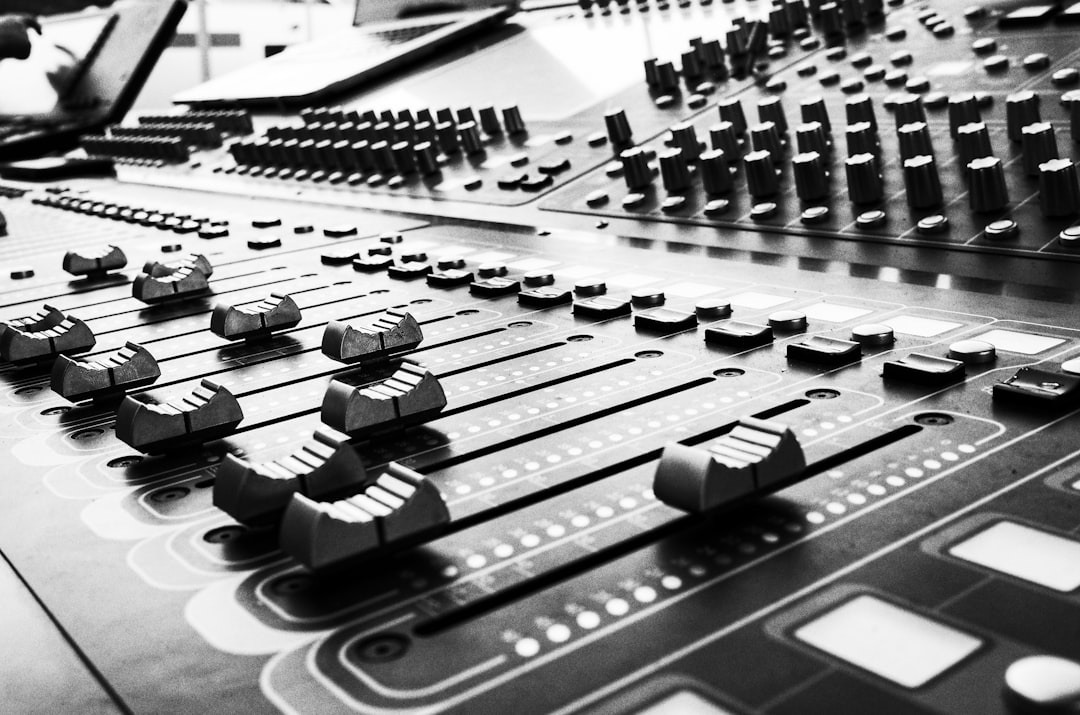
What are the different types of audio devices and their functions?
Audio devices can be categorized into several types, each serving distinct functions:
- Speakers: Convert electrical signals into sound waves, allowing you to hear music, movies, and more.
- Microphones: Capture sound waves and convert them into electrical signals for recording or amplification.
- Headphones: Provide a personal listening experience by delivering sound directly to your ears.
- Amplifiers: Boost audio signals to drive speakers or headphones, enhancing sound quality and volume.
- Digital-to-Analog Converters (DACs): Convert digital audio signals into analog signals for playback on speakers or headphones.
- Audio Interfaces: Serve as the bridge between instruments, microphones, and computers, facilitating recording and production.
How do audio devices work to produce sound?
Audio devices work by transforming sound waves into electrical signals and vice versa:
- Microphones: Capture sound waves and convert them into electrical signals using a diaphragm that vibrates in response to sound.
- Speakers: Take electrical signals and convert them back into sound waves by vibrating a diaphragm, which pushes air to create sound.
- Amplifiers: Increase the power of audio signals to drive speakers or headphones, ensuring that sound is loud enough and clear.
- DACs: Convert digital audio files (1s and 0s) into analog signals that can be played through speakers or headphones.
Read more about “What is Audio Electronics? 10 Essential Insights You Need! 🎶 …”
What factors should I consider when choosing audio devices for my needs?
When selecting audio devices, consider the following factors:
- Purpose: Determine whether you need the device for casual listening, professional use, or gaming.
- Sound Quality: Look for specifications like frequency response, impedance, and sensitivity to ensure optimal audio performance.
- Comfort: If you’ll be using headphones for extended periods, prioritize comfort features like padding and weight.
- Portability: Consider whether you need a device that’s easy to transport or one that’s designed for a stationary setup.
- Budget: Set a budget and explore options within that range to find the best value for your needs.
Read more about “Which Audio Brand Reigns Supreme? Top 10 Picks for 2025 🎶”
How has the development of audio devices impacted the music industry and listening habits?
The evolution of audio devices has significantly influenced the music industry and how we consume music:
- Accessibility: With the rise of affordable audio devices, more people can enjoy high-quality sound, leading to a broader audience for music.
- Production Quality: Advances in audio technology have allowed artists and producers to create higher-quality recordings, enhancing the overall listening experience.
- Streaming Services: The development of digital audio devices has facilitated the rise of streaming platforms, changing how we access and enjoy music.
- Personalization: Modern audio devices allow for customized listening experiences, enabling users to tailor sound profiles to their preferences.
Reference Links
- Audio Equipment – Wikipedia
- Apple Support – Aggregate Device
- Microsoft Q&A – Symbol meaning in “manage audio devices”
- Audio Brands™ – Audio Brand Guides
- Audio Brands™ – Hi-Fi Systems
- Audio Brands™ – Home Audio Systems
- Audio Brands™ – Audio Accessories
- Audio Brands™ – Car Audio Systems
And there you have it! Dive into the world of audio devices and find the perfect gear to elevate your listening experience! 🎶



